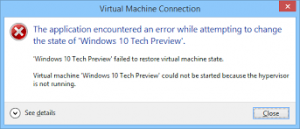fdisk also known as format disk is a dialog-driven command in Linux used for creating and manipulating disk partition table. It is used for the view, create, delete, change, resize, copy and move partitions on a hard drive using the dialog-driven interface.
fdisk allows you to create a maximum of four primary partitions and the number of logical partition depends on the size of the hard disk you are using. It allows the user:
-To Create space for new partitions.
-Organizing space for new drives.
-Re-organizing old drives.
-Copying or Moving data to new disks(partitions).
Synopsis:
[mai mult...]fdsik [options] device
or
fdisk -l [device…]


